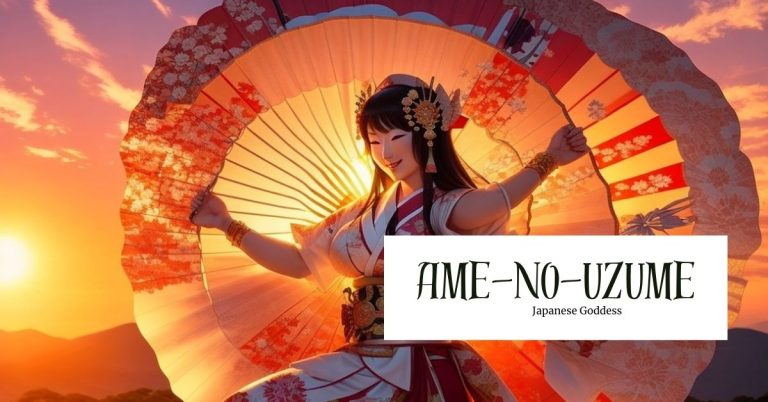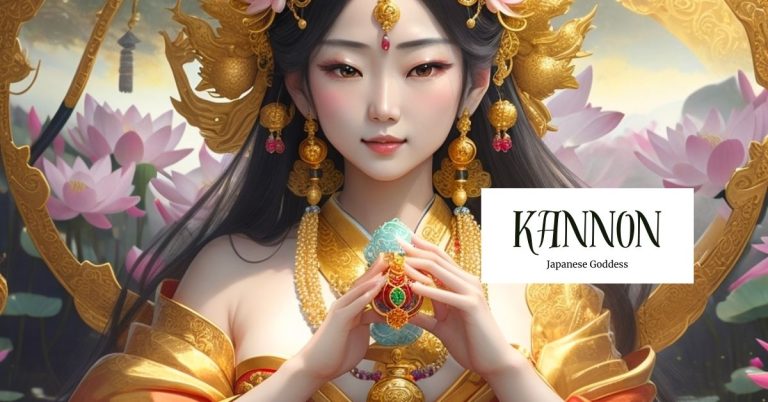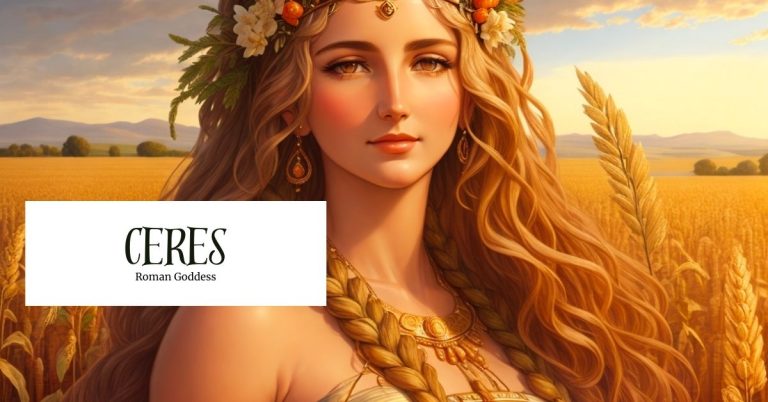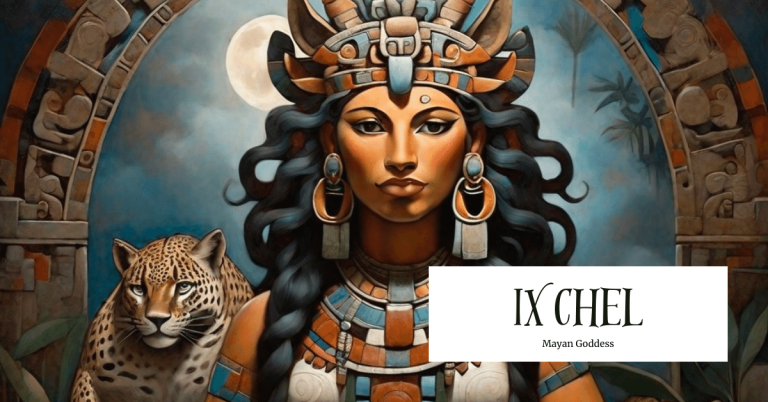Gieddegeažegálgu: The Goddess of Witchcraft
The Sami goddess Gieddegeažegálgu is known for being the goddess of witchcraft, specifically shamanism. Gieddegeažegálgu is associated with morality, knowledge and wisdom, making her relation to witchcraft notable and significant.
Overview of Gieddegeažegálgu
Gieddegeažegálgu is the goddess of witchcraft and shamanism, which is a religious practice that interacts with the spiritual world through different states of consciousness. The purpose of shamanism was to be able to find answers, healing and knowledge through spiritual states.

Source: Amino
Gieddegeažegálgu is also the goddess of Kentänpää, which is the border between home and the forest and between familiar and the unknown. Gieddegeažegálgu focuses on taking chances, gaining wisdom and guiding human morality on top of her basis of witchcraft. She stands for responsible and beneficial use of witchcraft, and not the fearful witchcraft that one might first think of.

Source: iCanvas
Titles
Gieddegeažegálgu is the goddess of witchcraft, shamanism, human morality, knowledge and wisdom.
Abilities
While performing rituals of witchcraft, Sami people could enter a trance and travel spiritually to meet Gieddegeažegálgu and receive answers and wisdom. Sami people could seek out Gieddegeažegálgu for information and advice, for Gieddegeažegálgu looked out for the people’s morality. Gieddegeažegálgu ruled over the Kentänpää, which is also connected to sieidis. Sieidis are part of the Scandinavian landscape and are characterized by unusual landmarks in the forest area. These sieidis were thought to have spiritual significance and are a popular tool in shamanism.

Source: Religion Fandom
This landscape also includes other mythical creatures alongside Gieddegeažegálgu who make up the culture of Sami witchcraft and folklore. A stállo is a large human-like creature, similar to a giant in folklore such as Jack and the Beanstalk, who are hostile to humans. Humans are smarter than stállos and can outwit them.
Because of Sami’s belief of animism, the Northern Lights are considered to have spirits too. Guopvssahasat is the name for the Northern Lights, and they will punish those who don’t appreciate their beauty. Haldi is the term for spirits of animals and spirits of places. Other examples included a wolf spirit, a reindeer deity that is magically skinned, a trickster spirit who hides reindeer antlers, a spirit who would sit by the shore of rapids, and more quirky spirits and mythological creatures running around in Sami mythology. Everything was thought to have some spiritual energy, which we could presume Gieddegeažegálgu is the goddess over. All the spirits are part of shamanism and maybe helped lead Sami people to Gieddegeažegálgu so they could seek advice from her.
History of Sami mythology
Sami witchcraft was known for telling fortunes and predicting the future. According to ancient Norwegian laws, it was forbidden to travel to the Sami area to have one’s fortune told. One popular spiritual event includes using a Sami drum, a very popular item in Sami culture, and other rituals to allow someone to fall into a trance and their spirit would then be led away. When the entranced person woke up, they would be able to tell the events that had occurred at the places their soul had traveled when in a trance.

Source: Wikipedia
It was believed that the drums the Sami used for witchcraft and rituals were given by Satan. Demons were thought to reside in the drum and the person in a trance during the spiritual ritual would be able to communicate with the demon. Each drum beat was said to go straight to Satan in Hell. These rituals and bewitchings continued until the 17th century when there was a Sami sorcery trial.
Sami, also spelt Saami, is the population of people who inhabit the region of Sapmi, which is comprised of Norway, Sweden, Finland and Russia. Sami is its own language and is part of the Uralic language linguistic group. Other languages in this group include Finnish and Hungarian. The Sami people are descendants of nomadic communities who lived in northern Scandinavia for thousands of years. Reindeer herding, sheep herding, fishing and fur trapping are a few livelihoods the Sami are known for.
Traditional Sami religion and spiritual practices are considered to be animism—the belief that all naturalistic objects possess a soul. Examples can include rocks, plants, animals, and anything in the natural world. The Sami religion and beliefs can vary slightly from region to region, but the main deities of the Sami culture remain mostly the name, even though some may have different names for the same deity.

Source: ThorNews
Unfortunately, very little of Sami religion and mythology has been translated into English. In the 1800s, a Luther pastor named Levi Laestadius collected some fragments of this mythology, but it was poorly translated and weak explanations for lost historical resources. The Kalevala is a written book that focused on Finnish mythology, but also spoke of deities that were similar to the ones in Sami culture.
Influences of other religions/cultures
The presence of Christainty in Sami culture was active during the Roman Catholic middle ages, but the 17th century is when Norway and Sweden colonized Sami and Christianity was a main focus. In the kingdom of Denmark-Norway, the practicing of Sami religion resulted in a death penalty, for it was thought of as witchcraft. A Chrisitan mission was enacted in the 17th century to convert the Sami people to Christianity. During this period, the Sami people practiced Christianity in public, but in private, still continued their Sami religion.
Before Christinaity, women in Sami culture had higher regards in society because they were seen as the primary caregiver of the family and the one responsible for the family’s survival. The female deities contributed to the idea that Sami women were well-respected in society and were mainly equal to men. However, once the ideas of Christianity reached the Sami people, this ideology changed.
Final thoughts
Gieddegeažegálgu’s connection to witchcraft and the Sami forest mythology makes her a mysterious and not highly researched deity. She is heavily connected to shamanism, which is extremely popular in Sami culture. Because of Sami’s animism belief and unique view of deities, Gieddegeažegálgu could have been characterized as a different spirit, animal, place or object. Her unique position offers insight to old Sami lifestyle, mythology and folklore and also offers a fun look into the mythical world of Sami witchcraft.







